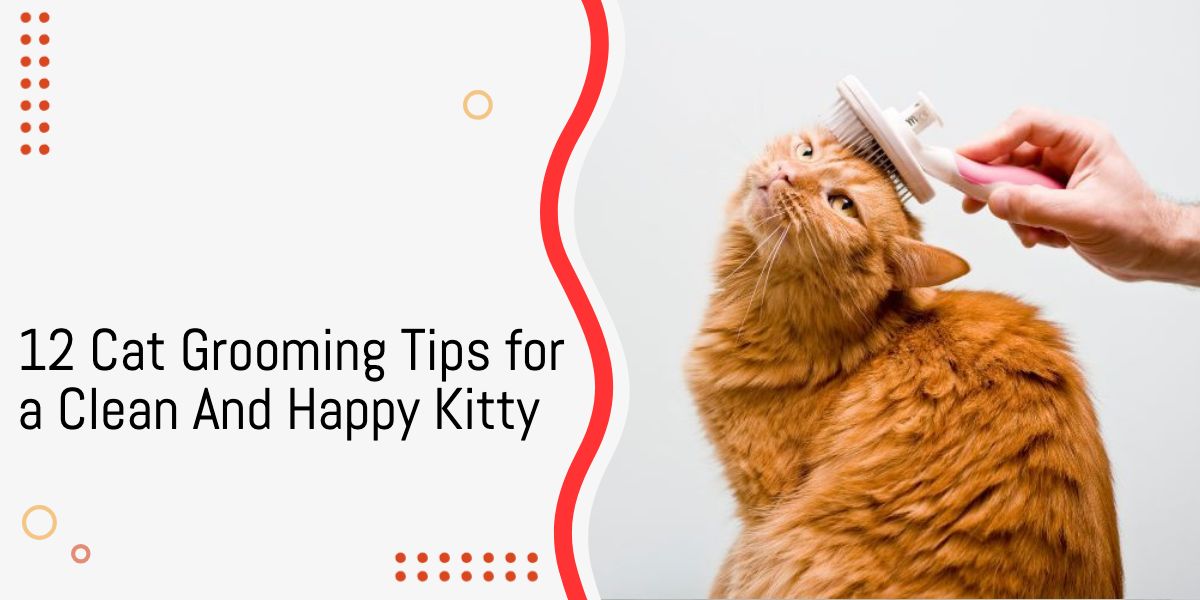Cats are naturally clean animals, so their grooming needs aren’t as extensive as other pets. However, they still benefit from regular care and attention. Here’s a list of the best cat grooming tips you can follow to keep your feline buddy looking and feeling their best.
Table of Contents
1. Brush Regularly
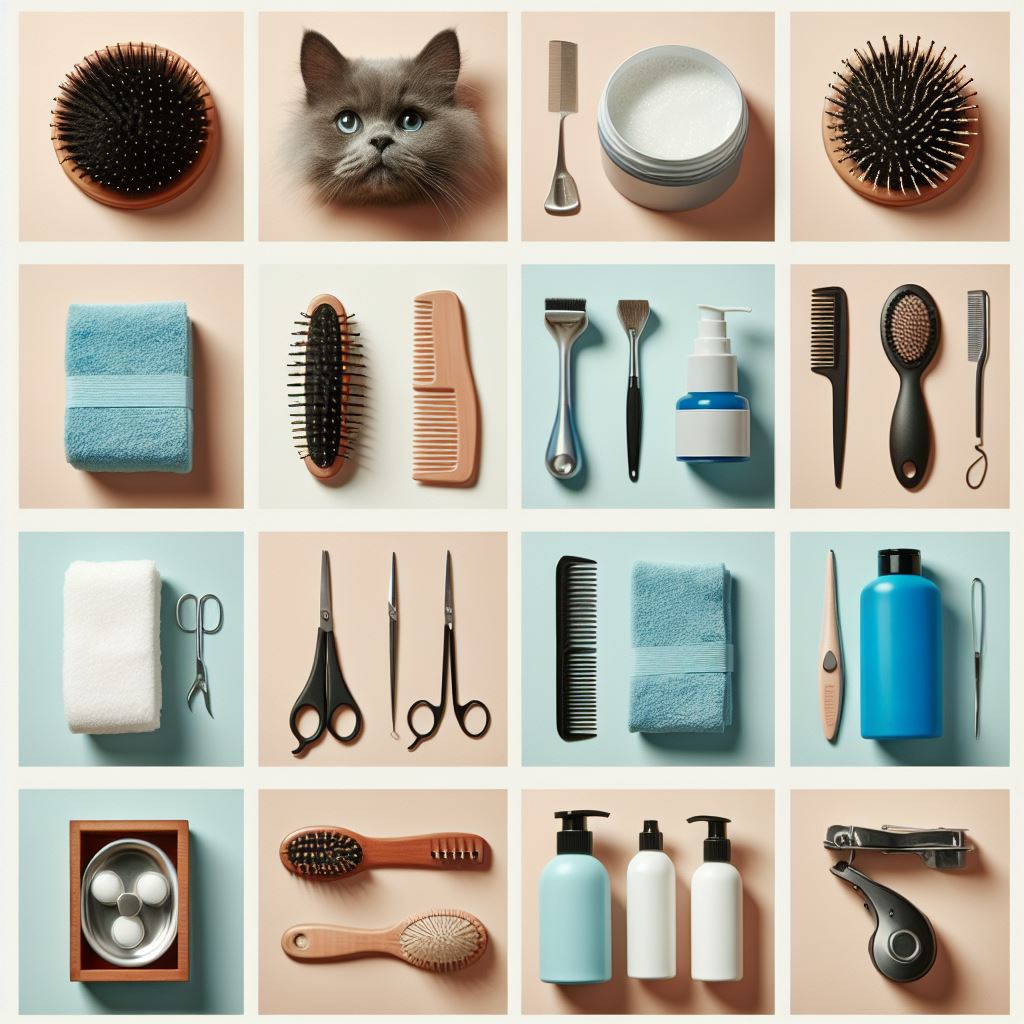
Regularly brushing your cat helps remove loose fur, reducing the amount your cat ingests while grooming and thus minimizing the risk of hairballs. It also prevents matting and distributes natural oils throughout your cat’s coat, keeping it healthy and shiny.
Long-haired cat breeds like Maine Coon, Ragdoll, and Persian need to be brushed once a day, while short-haired cats need to be brushed once or twice a week.
2. Trim Matted Fur
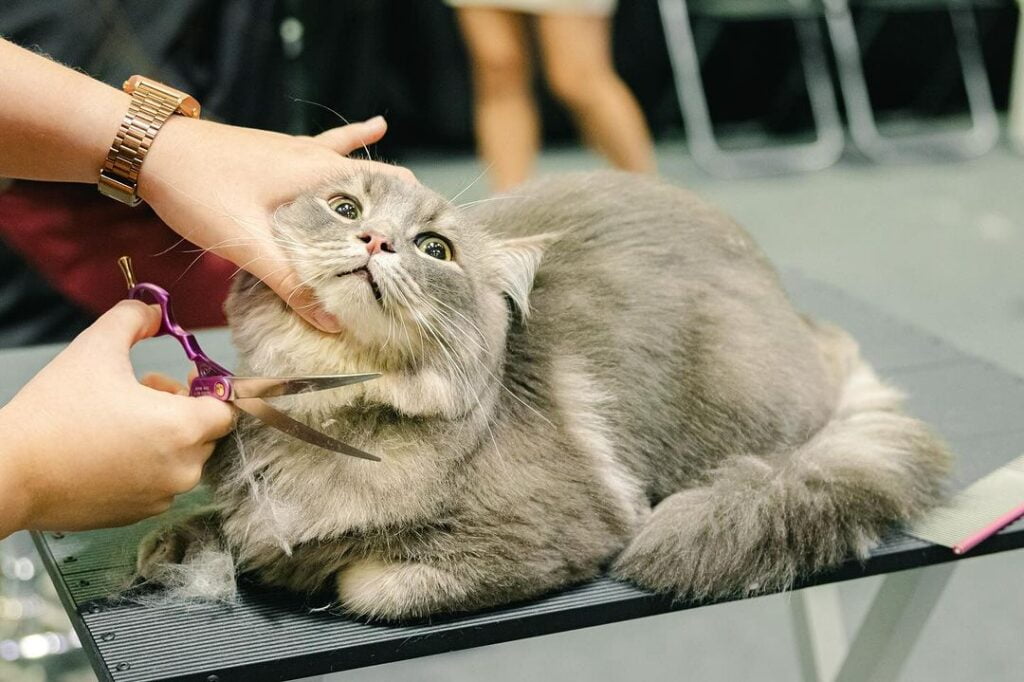
Matted fur isn’t only uncomfortable but can also lead to skin irritation and infection if left untreated.
Regularly check your cat’s coat for any mats or tangles, especially if your cat is a long-haired breed.
If the matting isn’t severe, gently work through the mats using a specialized cat comb. Be careful as matting can pull the skin, which can be quite painful for cats!
For stubborn mats, trim them with scissors. Try to insert a thin comb under the mat so you can safely trim it off without accidentally cutting your cat’s skin.
3. Bathe When Necessary
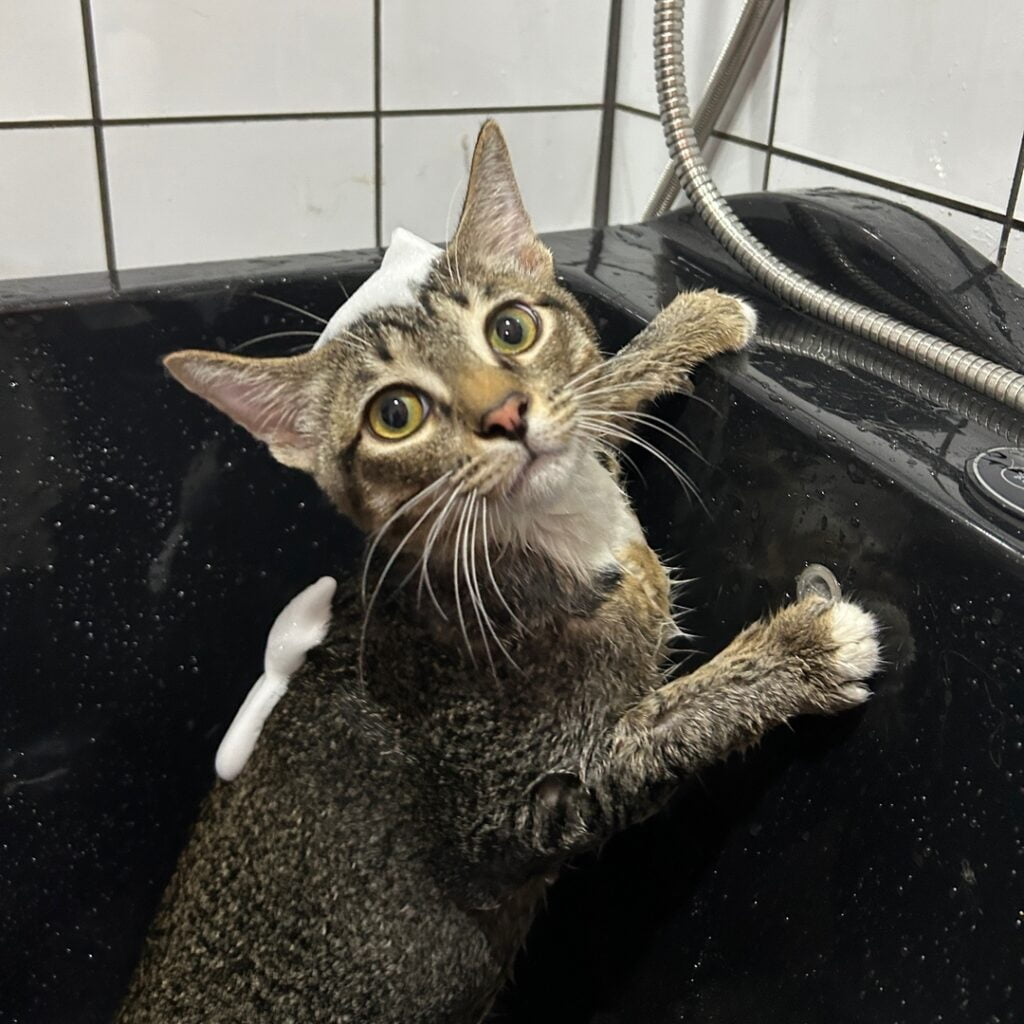
Cats are known for their meticulous grooming habits. In fact, many household cats spend 30 to 50% of the day grooming and cleaning themselves.
However, there are times when human intervention may be necessary.
For example, if a cat gets into something sticky or smelly, a bath can keep their coat clean and healthy.
A bath is also necessary in situations where you’re dealing with parasites like fleas and mites, and fungal infections like ringworm.
Also Check: 10 Creative Cat Gift Basket Ideas To Spoil the Kitten in Your Life
4. If You Own a Sphinx, Bathe Every Week
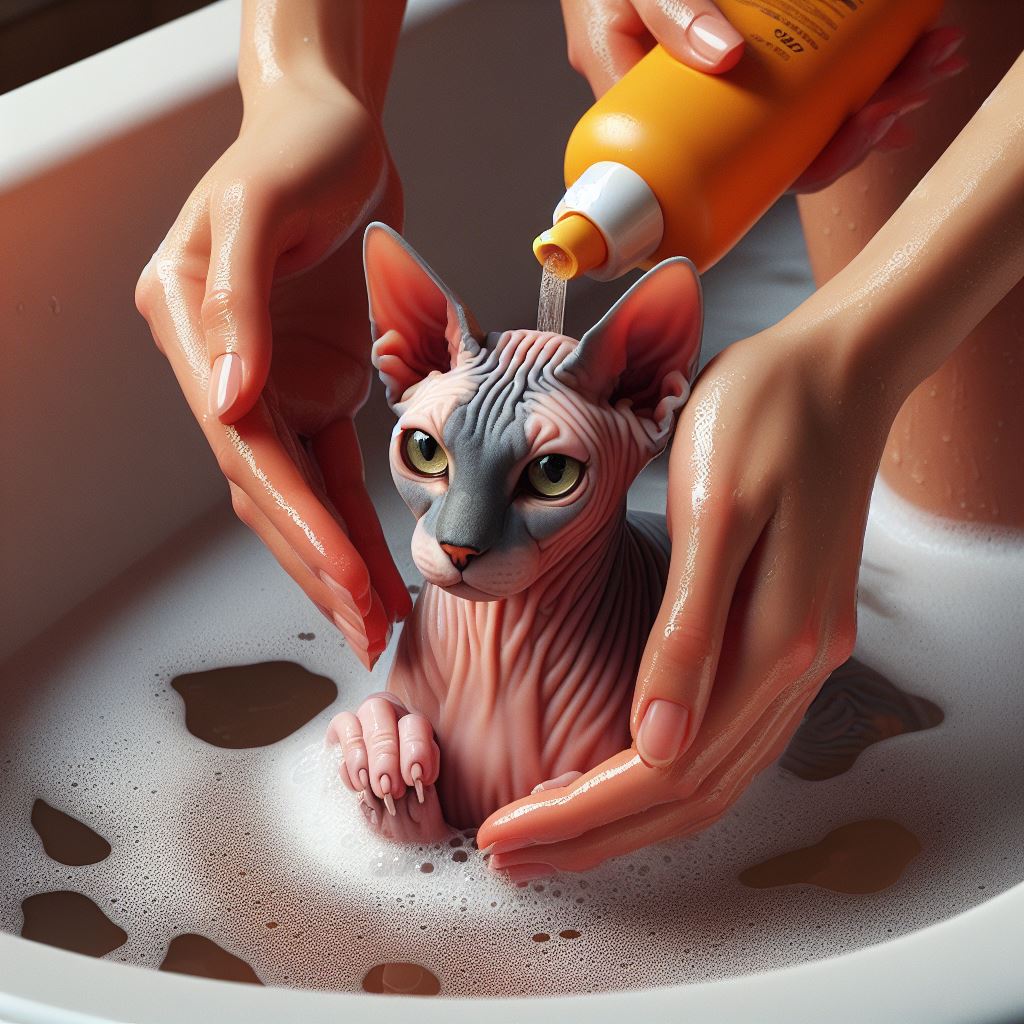
Unlike cats with fur, who rarely ever need a full bath, sphinxes and other hairless breeds need to be bathed once a week.
Hairless cats develop lots of excess oil on their skin because they lack the natural protection provided by fur. Without regular baths, this excess oil can lead to skin problems like urticaria pigmentosa (skin rash), acne, and blackheads.
5. Feed Nutrient-Rich Food
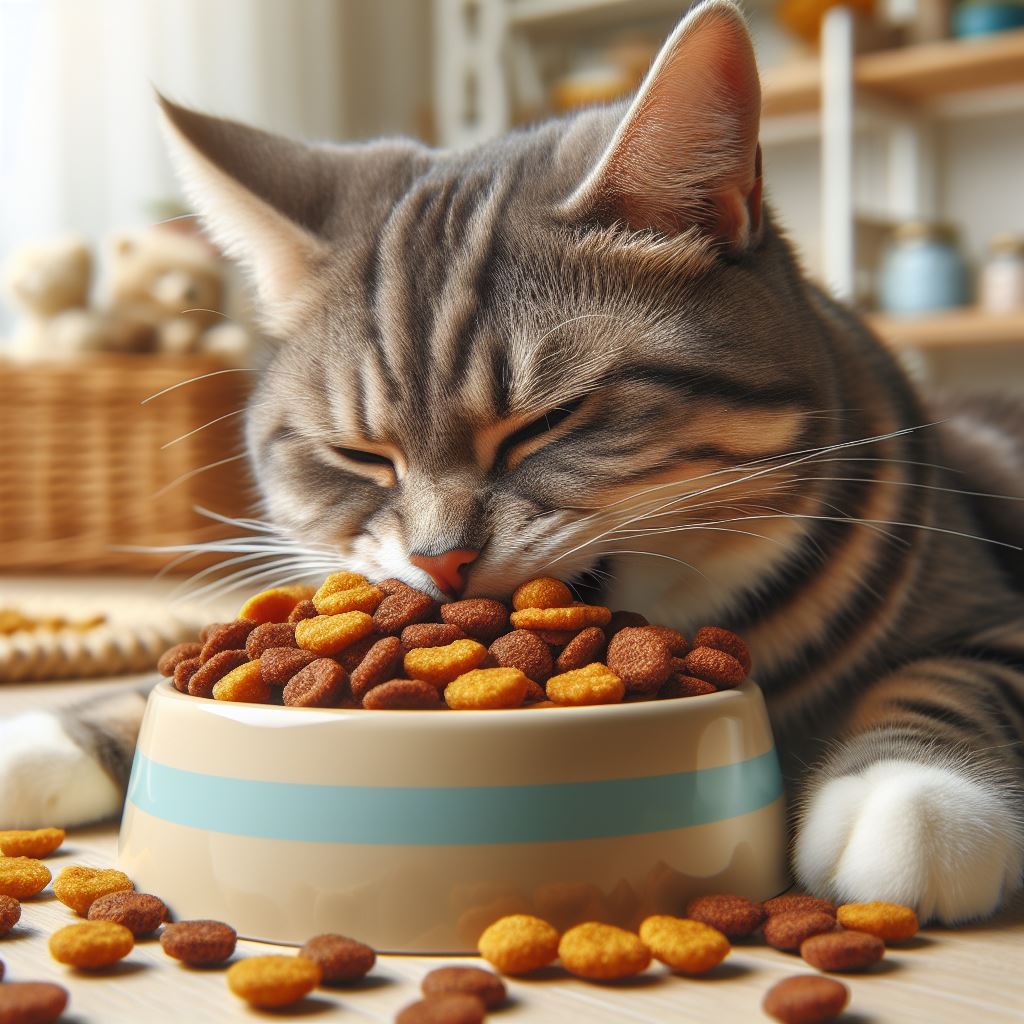
If your cat’s coat appears dull, the food he’s eating might be to blame. Make sure to feed your cat high-quality food that’s rich in essential nutrients, like protein, vitamins, and omega-3 fatty acids. These nutrients promote a healthy coat and reduce shedding.
6. Brush Teeth Three Times a Week (At Least)
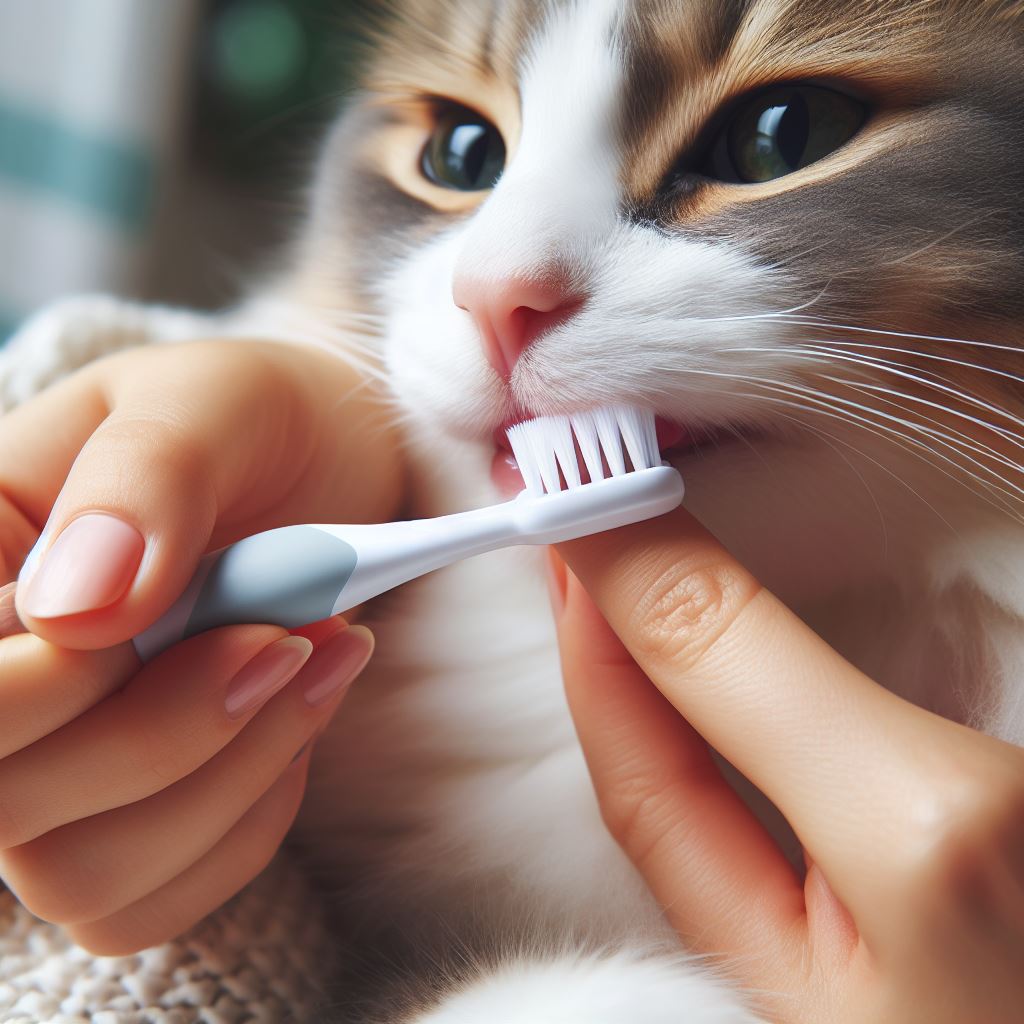
Dental hygiene is often overlooked in cats. But the reality is that this grooming habit is just as important as brushing their coat and trimming their nails.
Unbrushed teeth often become infected and fall out, sometimes even before a cat hits old age.
Bacterial infections in the mouth are painful and can affect a cat’s whole body, including the heart, kidneys, lungs, and liver.
Avoid unnecessary pain and complications by brushing your cat’s teeth at least three times a week. Ideally, though, you should brush their teeth once a day.
7. Wet Wipes Are Your Best Friends
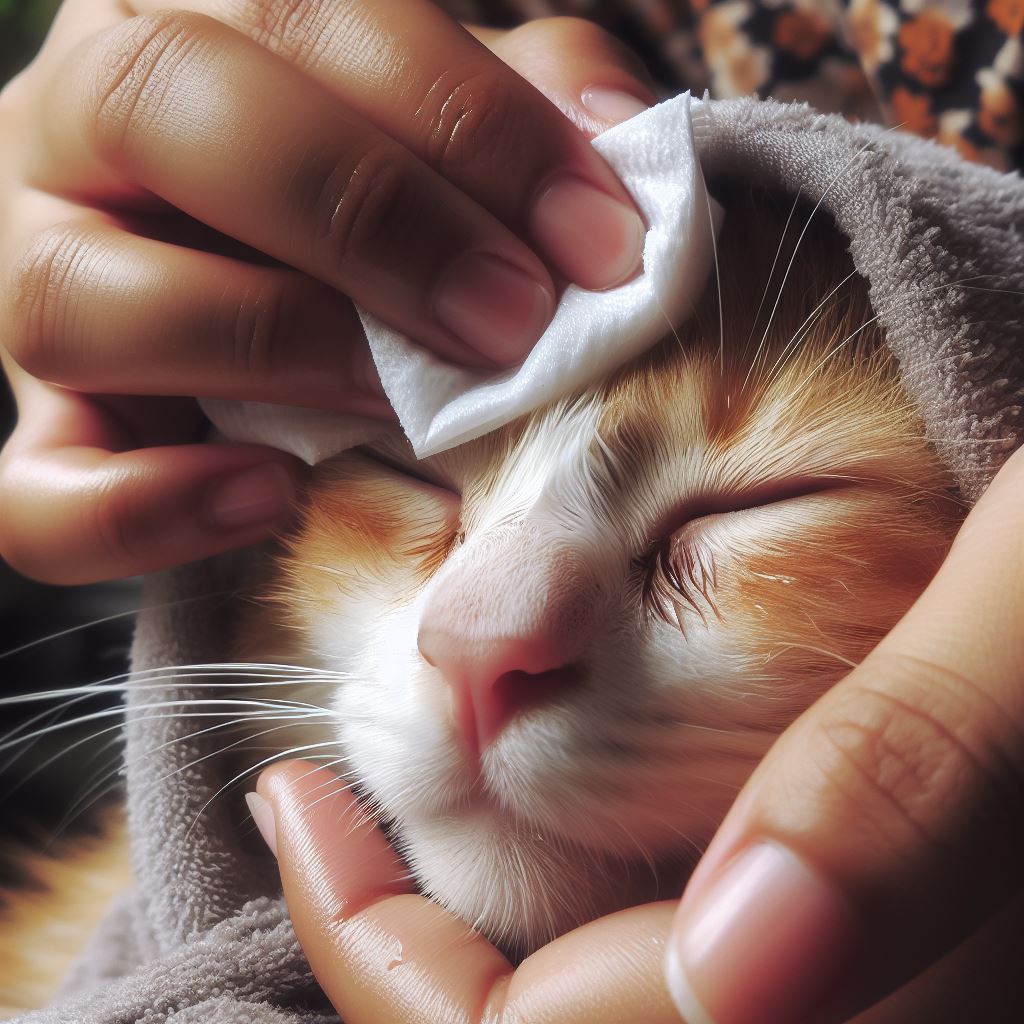
Always keep a pack of cat-friendly wet wipes on hand for quick clean-ups.
Wet wipes tackle dirt, dander, and litter box accidents without the stress of a full bath.
It also allows for targeted cleaning, like wiping off tear stains around the eyes or removing litter from a cat’s paws.
8. Cats Need Chew Toys, Too
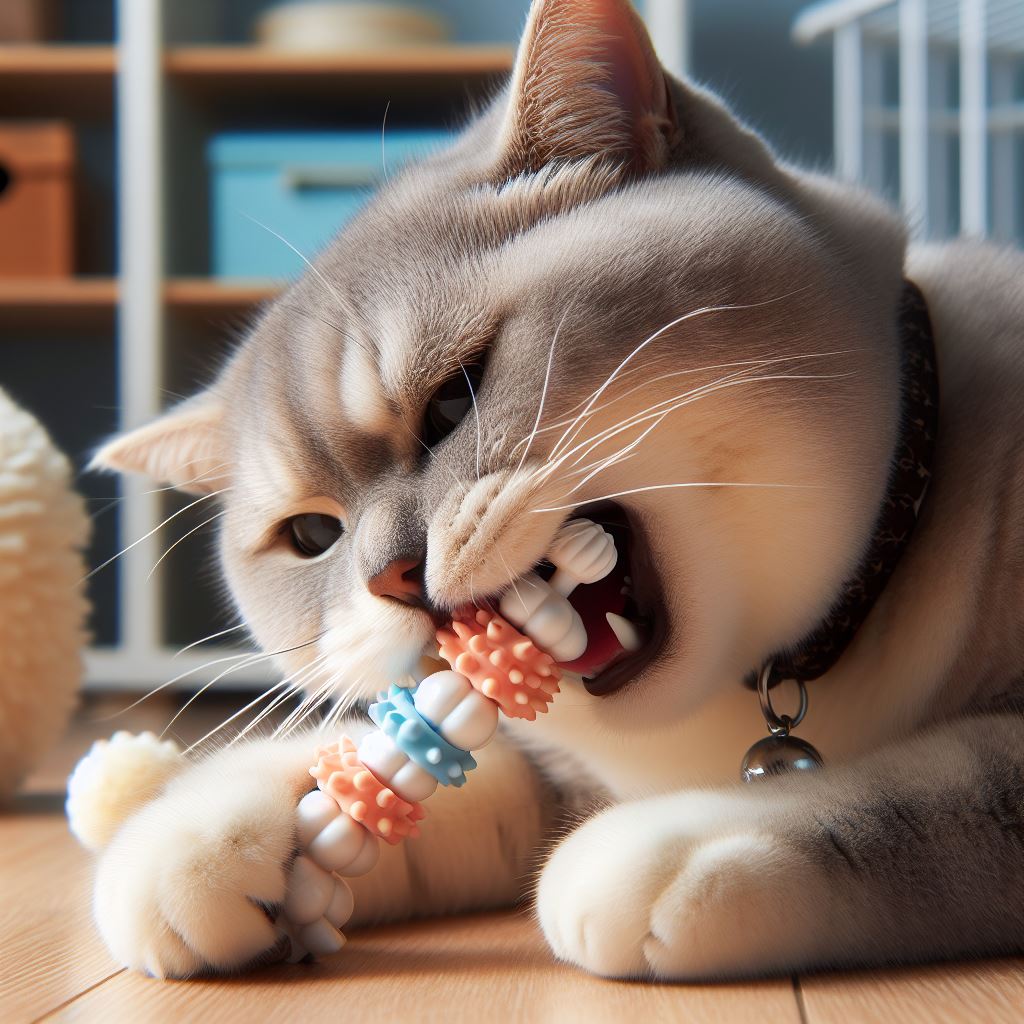
Kittens and adult cats enjoy chewing on cat toys.
As is the case with dogs, chewing is not only mentally stimulating but also helps boost their dental health.
These toys remove tartar buildup, promote blood flow to the gums, and, in kittens, soothe the discomfort associated with teething.
Interactive chew toys, like those filled with catnip or cat treats, encourage cats to play and chew on the toy.
9. Invest In a Water Fountain
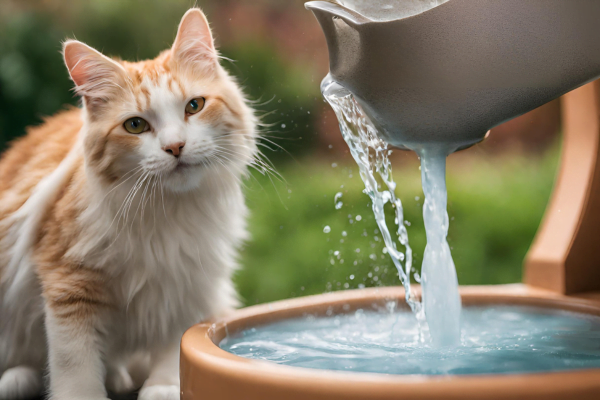
Water fountains encourage a cat to drink more water.
Cats are more inclined to drink from flowing water sources than still bowls because, in the wild, stagnant water can be a breeding ground for bacteria.
Plus, the water fountain’s sound and movements can pique the interest of a cat, encouraging them to drink.
Water from water fountains also tastes fresher and colder than water from the bowl, so it’s the superior choice.
Similar: 8 Delicious and Healthy Homemade Cat Treat Recipes
10. Regularly Clean the Litter Box
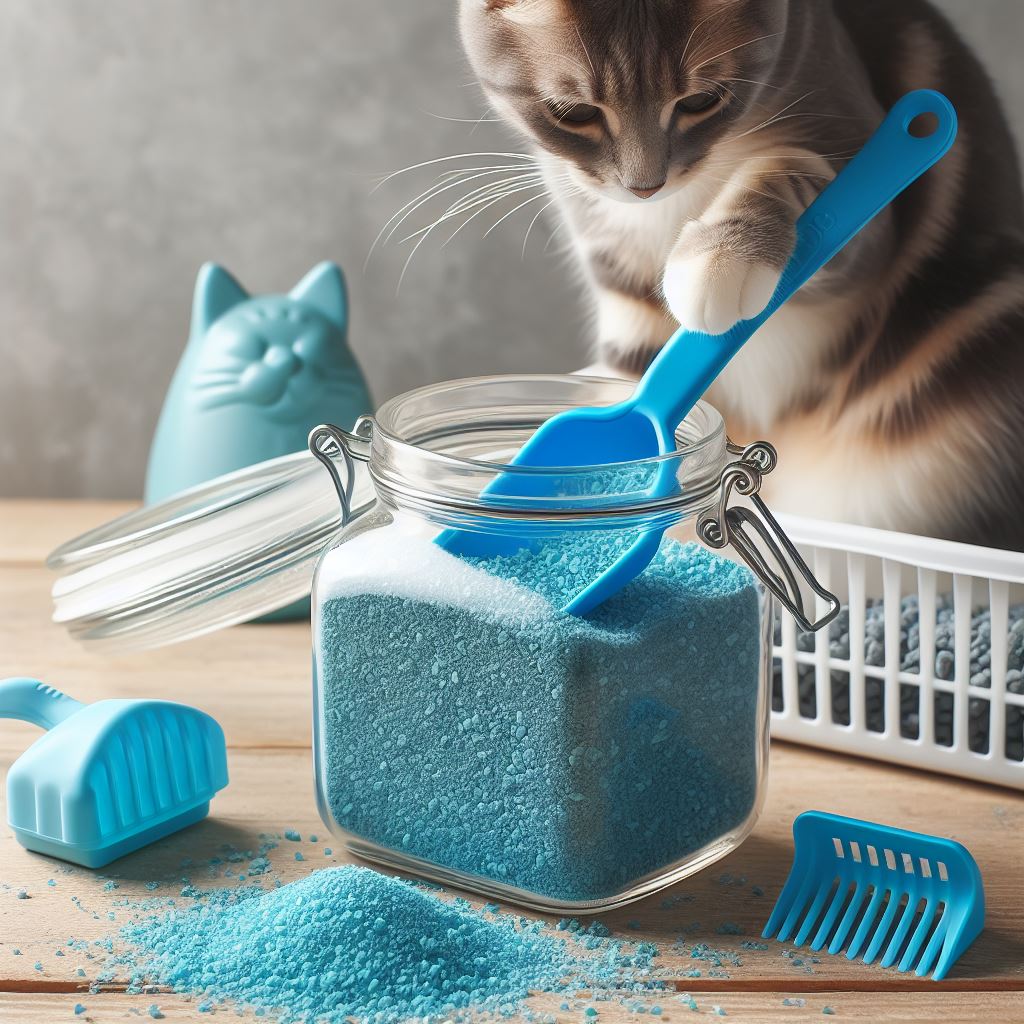
How many times do you flush the toilet after using it? That’s right—every time you use it. You don’t let it sit for days before cleaning it, right? Apply the same principle to a cat’s litter box.
You don’t have to clean the litter box every time your cat uses it (though it wouldn’t hurt), but you should clean it once at the end of the day at the very least.
Dispose of the waste in a sealed bag and replace the litter as needed.
11. Don’t Forget the Ears
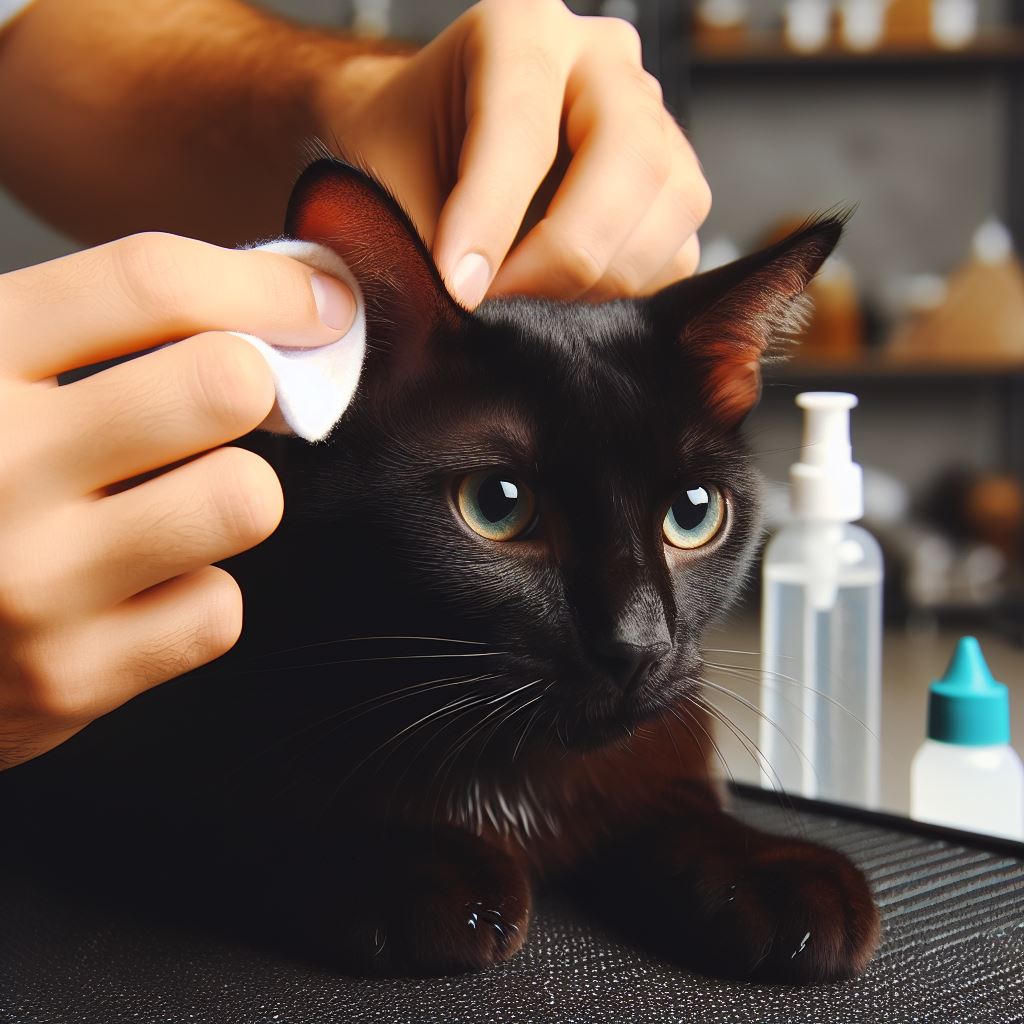
Cats have naturally clean ears, but you should still wipe them every so often to prevent ear mites, wax build-up, and ear infections.
Using a soft, damp cloth or cat-specific ear wipes, gently clean the outer ear. Don’t use earbuds and never insert anything into the ear canal.
If you notice swelling, redness, or discharge, take your cat to the vet to have it checked out.
Clean your cat’s ear once every month.
12. Trim Nails Two to Three Times a Month
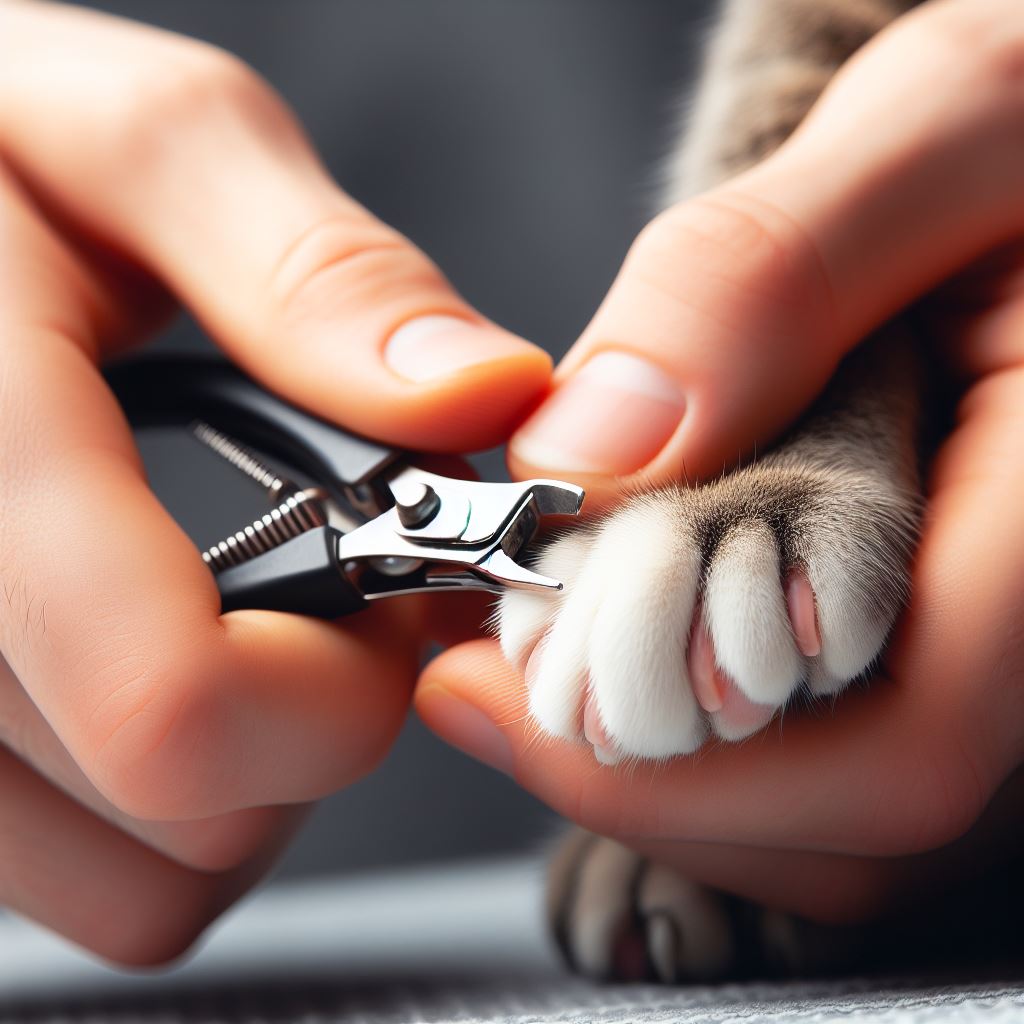
Trimming a cat’s nails protects you and your furniture from claw damage, and also your cat from accidentally snagging their nails on carpeting, which can lead to a torn nail.
Regular trimming also prevents overgrown nails, which can curl back into the paw and pierce the skin, leading to pain and discomfort.

